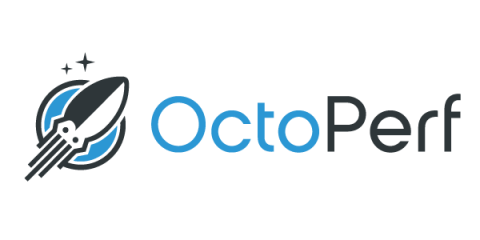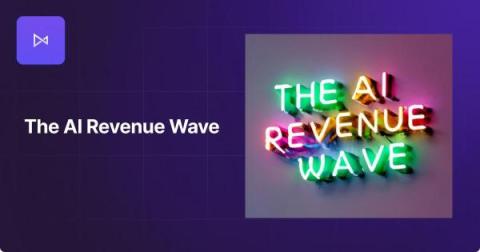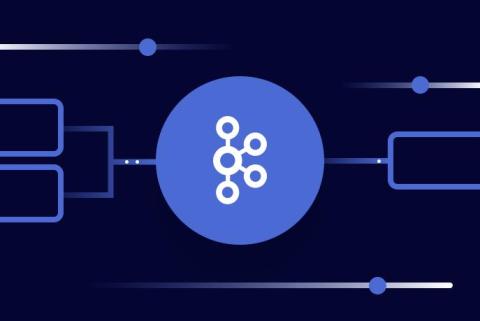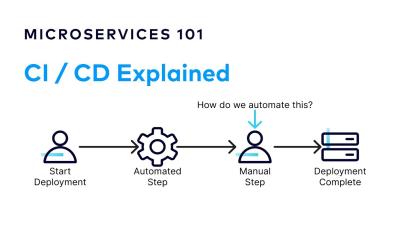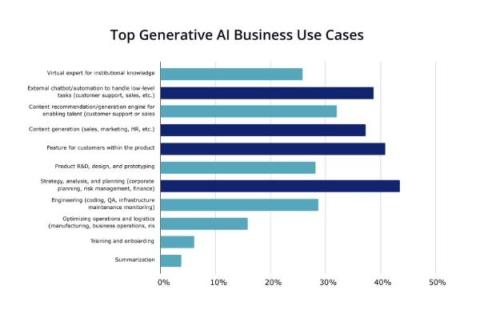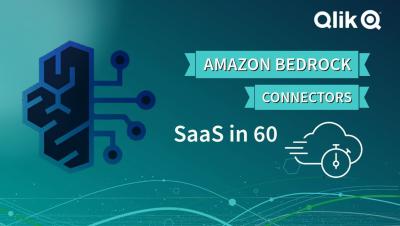Systems | Development | Analytics | API | Testing
Technology
How to Write API Test Cases Using ChatGPT | Sidharth Shukla | #apitesting #chatgpt #chatgptprompts
The AI revenue wave
The past year has seen an unprecedented AI hype wave triggered by the launch of OpenAI’s ChatGPT. Analysis abounds on whether the hype is real, where value will accrue and whether generative AI-first product builders have a real shot at category disruption or creation. As frenzied R&D and market activity continue unabated, market maps and take after take continue to drop hot. But what about revenue?
A Deep Dive Into Sending With librdkafka
In a previous blog post (How To Survive an Apache Kafka® Outage) I outlined the effects on applications during partial or total Kafka cluster outages and proposed some architectural strategies to handle these types of service interruptions. The applications most heavily impacted by this type of outage are external interfaces that receive data, do not control request flow, and possibly perform some form of business transaction with the outside world before producing to Kafka.
Continuous Integration and Delivery (CI/CD) | Microservices 101
Kotlin Arrays Simplified: The Definitive Guide
An array is like a box with compartments, where you can store a set number of items of the same kind. Arrays play a crucial role in Kotlin, helping us hold many items together. They allow us to send multiple values to a function easily, or make various changes to the data. There are various different forms of arrays in Kotlin, including the object-type array, represented by something called the array class.
Predictions for the Dawning AI Age: What to Expect in 2024 and Beyond
2024 is going to be an important transition year for artificial intelligence. 2023 was the public debut of generative AI and large language models (LLMs), a year of amazement, excitement, occasional panic and, yes, more than a little bit of hype. The year ahead is when businesses begin to make the promise of advanced artificial intelligence real, and we’ll begin seeing the effects on how we work and live.
It's Midnight. Do You Know Which AI/ML Uses Cases Are Producing ROI?
In one of our recent blog posts, about six key predictions for Enterprise AI in 2024, we noted that while businesses will know which use cases they want to test, they likely won’t know which ones will deliver ROI against their AI and ML investments. That’s problematic, because in our first survey this year, we found that 57% of respondents’ boards expect a double-digit increase in revenue from AI/ML investments in the coming fiscal year, while 37% expect a single-digit increase.
Top 7 Free Apache Kafka Tutorials and Courses for Beginners in 2023
Stepping into the world of Apache Kafka® can feel a bit daunting at first. I know this firsthand—while I have a background in real-time messaging systems, shifting into Kafka’s terminology and concepts seemed dense and complex. There’s a wealth of information out there, and it’s sometimes difficult to find the best (and, ideally, free) resources.


